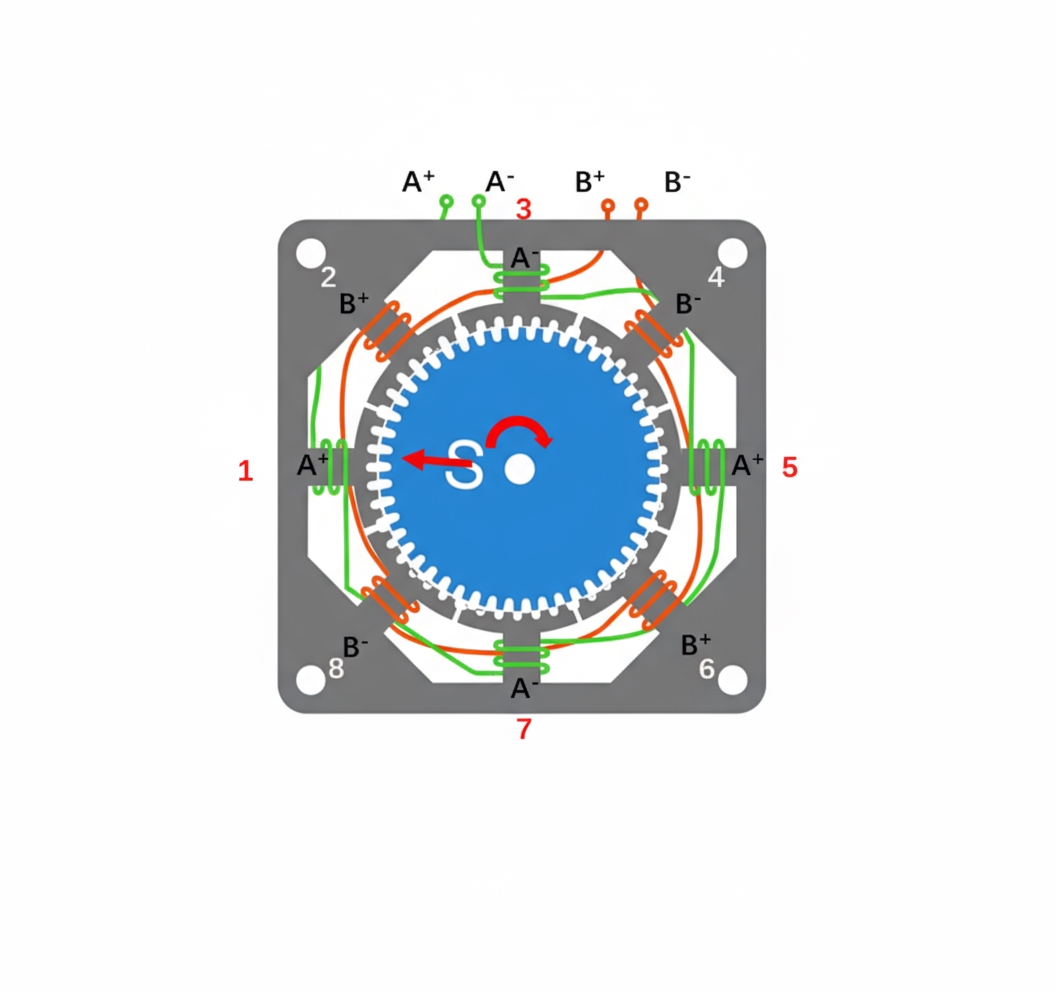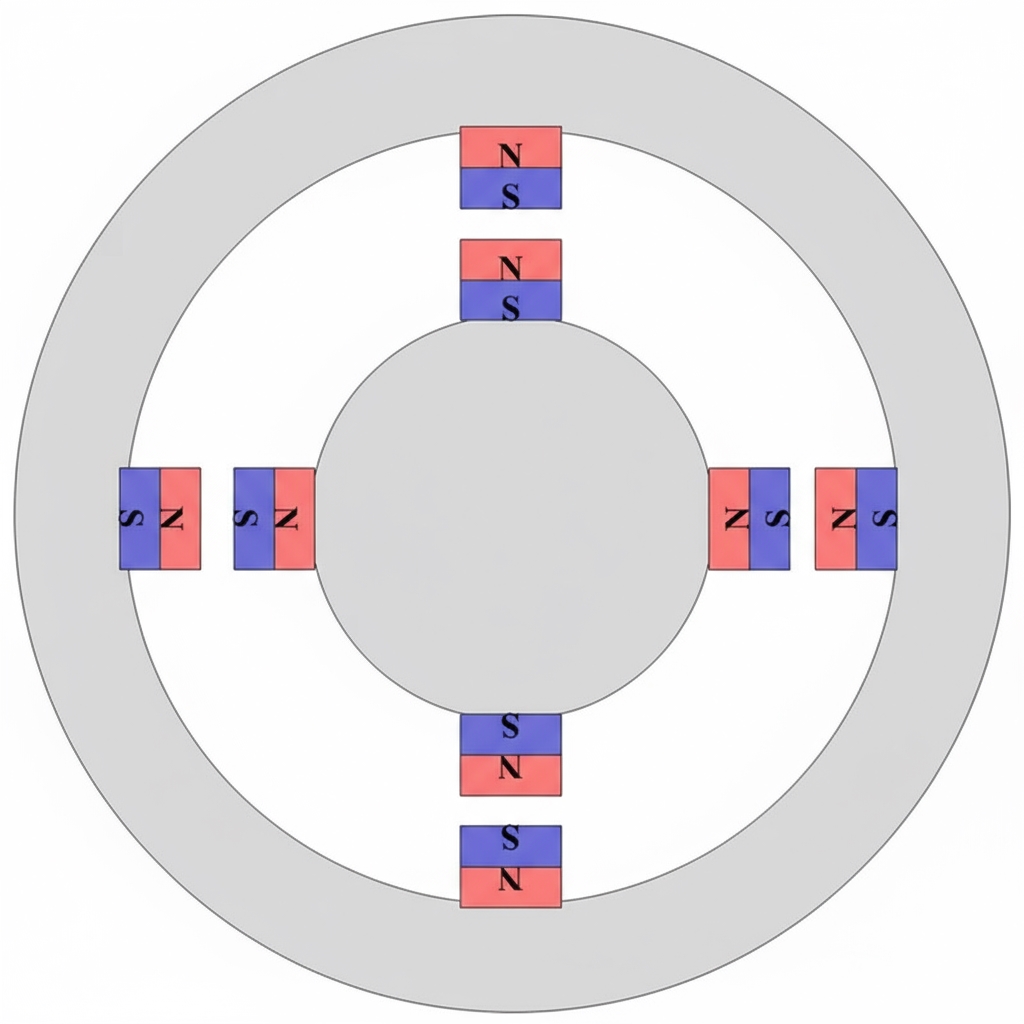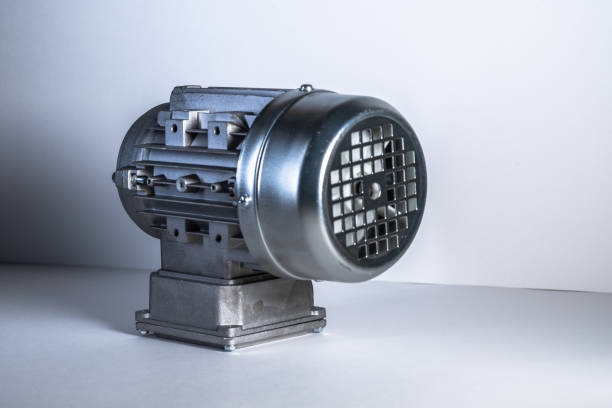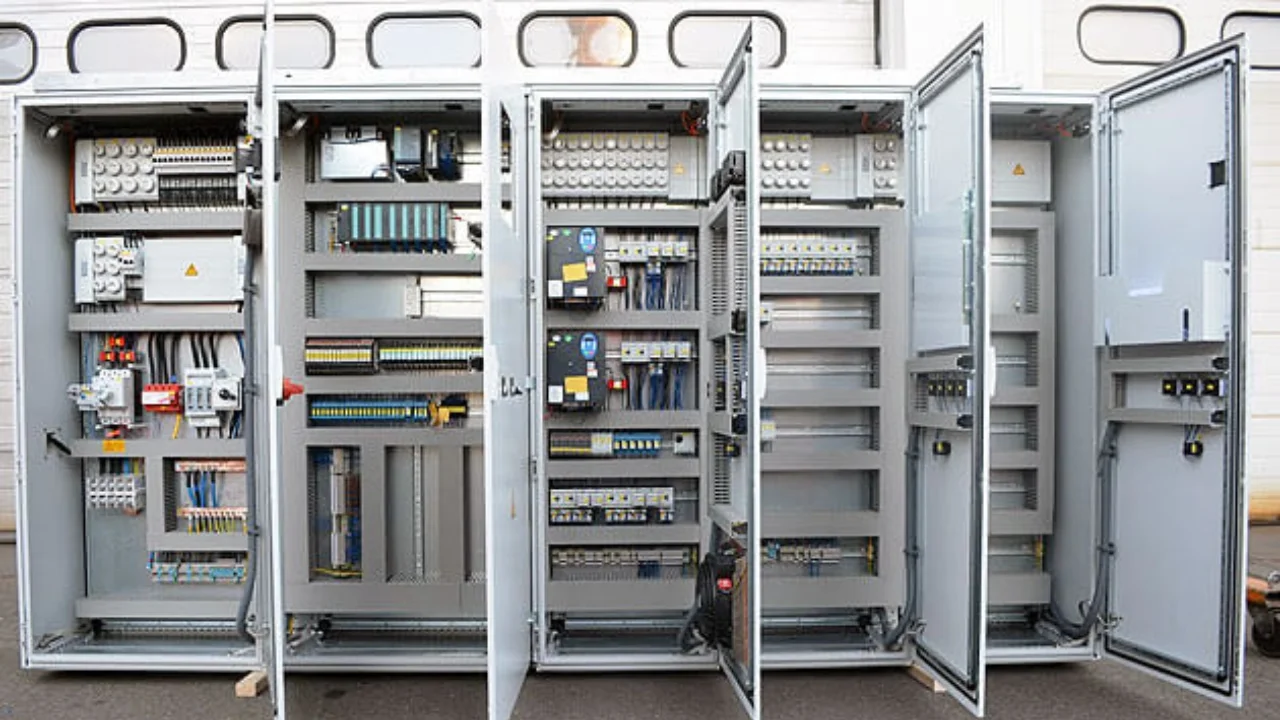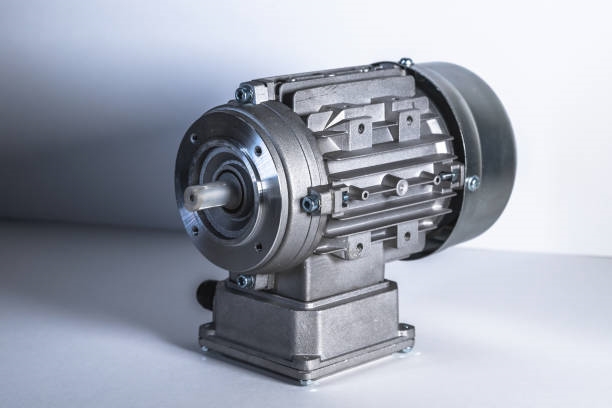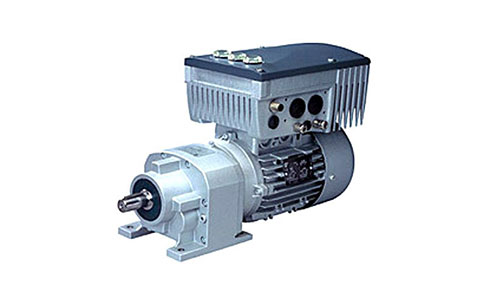
With continuous development of technology, motors serve as key components for power transmission across many industries. Variable-frequency motors and standard motors are two common types, each with distinct characteristics and application scenarios. Understanding their differences is important for selecting the appropriate motor type.
Principles and Structural Differences
Standard motors, including conventional AC and DC motors, operate mainly on electromagnetic induction and electromagnetic force. They typically have fixed speed and power and cannot be flexibly adjusted to match load requirements. Structurally, standard motors generally consist of a stator and a rotor, where the stator provides the magnetic field and the rotor rotates within that field to produce torque.
By contrast, variable-frequency motors use variable-frequency technology to control speed and torque by changing the supply frequency. A typical variable-frequency system comprises a variable-frequency drive (VFD), the motor, and a control system. The VFD converts fixed-frequency AC into variable-frequency AC to achieve precise speed control, while the control system monitors motor operating conditions and adjusts the VFD output frequency according to demand.
Performance Comparison
- Speed control
Standard motors usually run at fixed speeds and cannot be adjusted flexibly for different demands. Variable-frequency motors offer superior speed control, allowing smooth adjustment across a wide range to meet varying load conditions. This makes them advantageous in applications requiring precise speed regulation, such as fans and pumps undergoing energy-efficiency upgrades. - Efficiency and energy savings
Standard motors often incur higher energy consumption and waste during operation. Variable-frequency motors can achieve more efficient operation by precisely controlling speed and torque, reducing energy use. They also provide soft-start capability, which lowers inrush current during startup and further improves overall efficiency. - Reliability and maintenance
Fixed speed and load in standard motors can lead to increased mechanical wear and faults over prolonged operation. Variable-frequency motors reduce mechanical stress and wear by controlling speed and torque, improving reliability. Additionally, the control system can perform real-time monitoring of operating status to detect and address potential issues, lowering maintenance requirements.
Application Areas
- Industrial applications
In industry, variable-frequency motors are widely used in equipment that requires precise speed and torque control. Examples include fans, pumps, and compressors, where speed adjustments based on demand enable energy savings. Variable-frequency motors are also common in machine tools, conveyors, and other automation equipment to improve production efficiency and quality. - Building systems
In buildings, variable-frequency motors drive systems such as HVAC and elevators. By adjusting speed and torque according to indoor temperature, occupancy, and other conditions, they help balance comfort and energy consumption. - Transportation
Variable-frequency motors are used in electric vehicles and rail transit. In electric vehicles, they provide an efficient and smooth propulsion source. Traction systems in rail vehicles also use variable-frequency technology to enhance operational efficiency and safety.
Advantages and Limitations
Variable-frequency motors offer advantages over standard motors in speed control, energy efficiency, and reliability. However, they have some limitations. First, variable-frequency systems are generally more expensive, which can limit adoption in low-cost applications. Second, their control systems are more complex and require skilled personnel for maintenance and tuning. Finally, operation at higher switching frequencies may introduce electromagnetic interference that must be mitigated.
Conclusion and Outlook
Variable-frequency and standard motors differ significantly in principles, performance, and applications. Variable-frequency motors, with their superior speed control, efficiency, and reliability, have been widely adopted across many sectors. Challenges remain, including higher cost and system complexity. As technology advances and costs decline, variable-frequency motors are likely to see broader use. Continued progress in variable-frequency technology and control strategies will further drive motor technology development.
 ALLPCB
ALLPCB


